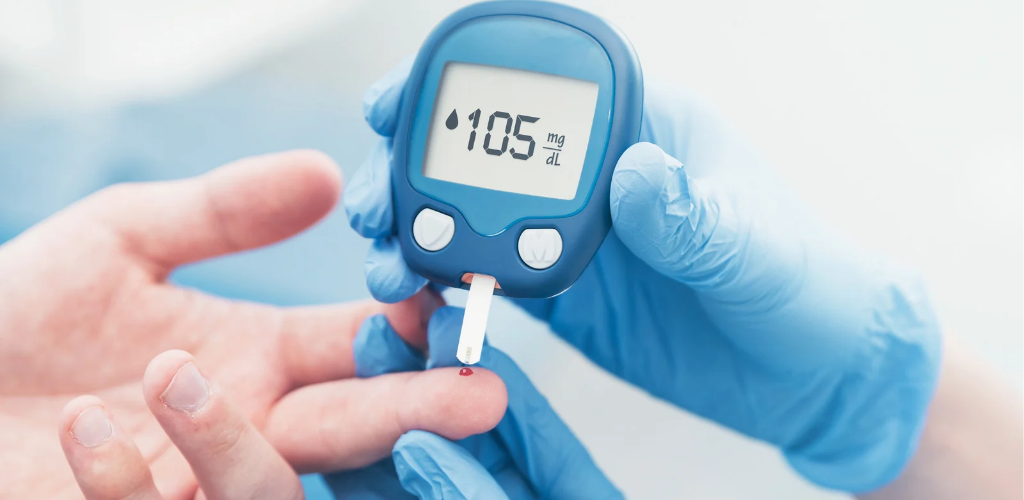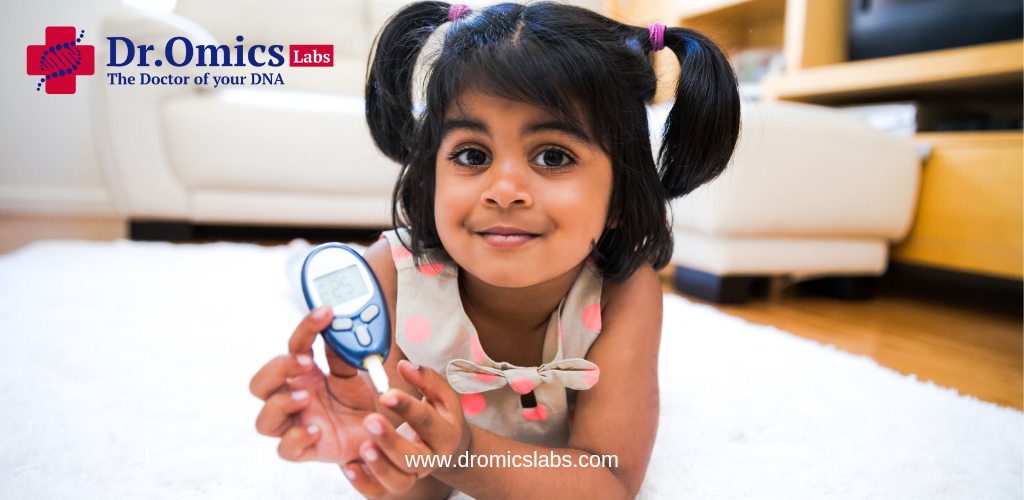Continuous Glucose Monitoring (CGM) technology is a cutting-edge innovation that has revolutionised the way people with diabetes manage their condition. CGM systems provide real-time glucose monitoring, allowing patients to track their blood sugar levels continuously and make informed decisions about their treatment.
Some key aspects of CGM technology include:
- Real-time monitoring: CGM systems provide instantaneous real-time display of glucose levels, enabling patients to monitor their blood sugar levels continuously.
- Alerts and alarms: CGM systems can alert patients to actual or impending hypo- and hyperglycemia, helping them take timely action to maintain optimal blood sugar levels.
- User-friendly: CGM systems are designed to be small, comfortable, and unobtrusive, making them easy for patients to use and wear.
- Integration with smart devices: Latest-generation CGM systems can connect with smart mobile devices, allowing patients to access their glucose data and receive alerts on their smartphones.
- Long-term use: Some CGM systems, like the Eversense system, can provide real-time glucose monitoring for up to 90 days, offering a more convenient and less intrusive alternative to traditional blood glucose monitoring.
- Cost-effectiveness: By tailoring the application of CGM for daily or intermittent use, depending on the patient profile and their needs, one can ensure the cost-effectiveness of CGM in each setting.
How does CGM technology work ?
Continuous Glucose Monitoring (CGM) technology is a medical device that monitors blood glucose levels throughout the day. CGM works by measuring fluid glucose levels via a small implant placed under the skin. The sensor measures glucose levels in the fluid under the skin and takes readings every five minutes, all day and night. The transmitter sends results to a wearable device or cell phone, allowing patients to monitor their blood sugar levels continuously. CGM technology provides real-time monitoring, alerts and alarms, and is user-friendly. It also integrates with smart devices, allowing patients to access their glucose data and receive alerts on their smartphones. CGM technology has been shown to provide numerous clinical benefits in various patient populations, including pediatrics, adolescents, and adults. The technology is particularly effective in managing type 1 diabetes, and evidence now supports its use in people with type 2 diabetes as well. CGM technology is a cutting-edge innovation that has revolutionised the way people with diabetes manage their condition, enabling patients to take a more proactive approach to managing their condition and improving their overall quality of life.
How accurate is CGM technology in measuring glucose levels.
According to the FDA, glucose metre readings are 95% accurate within 15% for all readings within the “usable” blood glucose range and 99% accurate within 20% of the true laboratory value at least 99% of the time for CGM technology. However, many factors can affect the accuracy of CGM readings, including how the device is calibrated, its sensor chemistry, and the patient’s own body chemistry. It is important to note that CGM technology provides real-time monitoring, which can help patients make informed decisions about their treatment and improve their overall quality of life. While the accuracy of CGM technology is not perfect, it is a valuable tool for managing diabetes and has been shown to provide numerous clinical benefits in various patient populations.
Benefits of using CGM technology for insulin-requiring Patients
Continuous Glucose Monitoring (CGM) technology provides numerous benefits for insulin-requiring patients, including:
- Improved glycemic control : CGM technology allows patients to monitor their blood sugar levels continuously, providing real-time data that can help them make informed decisions about their treatment. This can lead to improved glycemic control, as evidenced by reductions in A1C, mean glucose, and glycemic variability.
- Reduced hypoglycemic events : CGM technology can help patients identify and prevent hypoglycemic events, reducing the risk of complications associated with low blood sugar levels.
- Improved diabetes-related distress : CGM technology can help patients manage their diabetes-related distress by providing them with more data about their blood sugar levels and helping them make informed decisions about their treatment.
- Tailored treatment : CGM technology allows patients to tailor their treatment to their individual needs, making it easier to manage their diabetes and improve their overall quality of life.
- Remote data sharing : CGM technology allows patients to share their data remotely with family members, caregivers, or clinicians, enabling them to receive support and guidance in managing their condition.
- Cost-effectiveness : By tailoring the application of CGM for daily or intermittent use, depending on the patient profile and their needs, one can ensure the cost-effectiveness of CGM in each setting.
Conclusion :
CGM technology has been shown to provide numerous clinical benefits in various patient populations, including paediatrics, adolescents, and adults4. It has been particularly effective in managing type 1 diabetes, and evidence now supports its use in people with type 2 diabetes as well5. As the technology continues to evolve, it is expected to play an increasingly important role in diabetes care, enabling patients to take a more proactive approach to managing their condition and improving their overall quality of life.Overall, CGM technology is a valuable tool for insulin-requiring patients, providing real-time monitoring, alerts and alarms, and user-friendly features that can help improve their glycemic control, reduce hypoglycemic events, and improve their overall quality of life.
Citations:
[1] https://www.medicalnewstoday.com/articles/continuous-glucose-monitoring
[2] https://www.sciencedirect.com/science/article/pii/S0168822717304217
[3] https://my.clevelandclinic.org/health/treatments/11444-glucose-continuous-glucose-monitoring
[5] https://www.sciencedirect.com/science/article/pii/S0956566321000919




